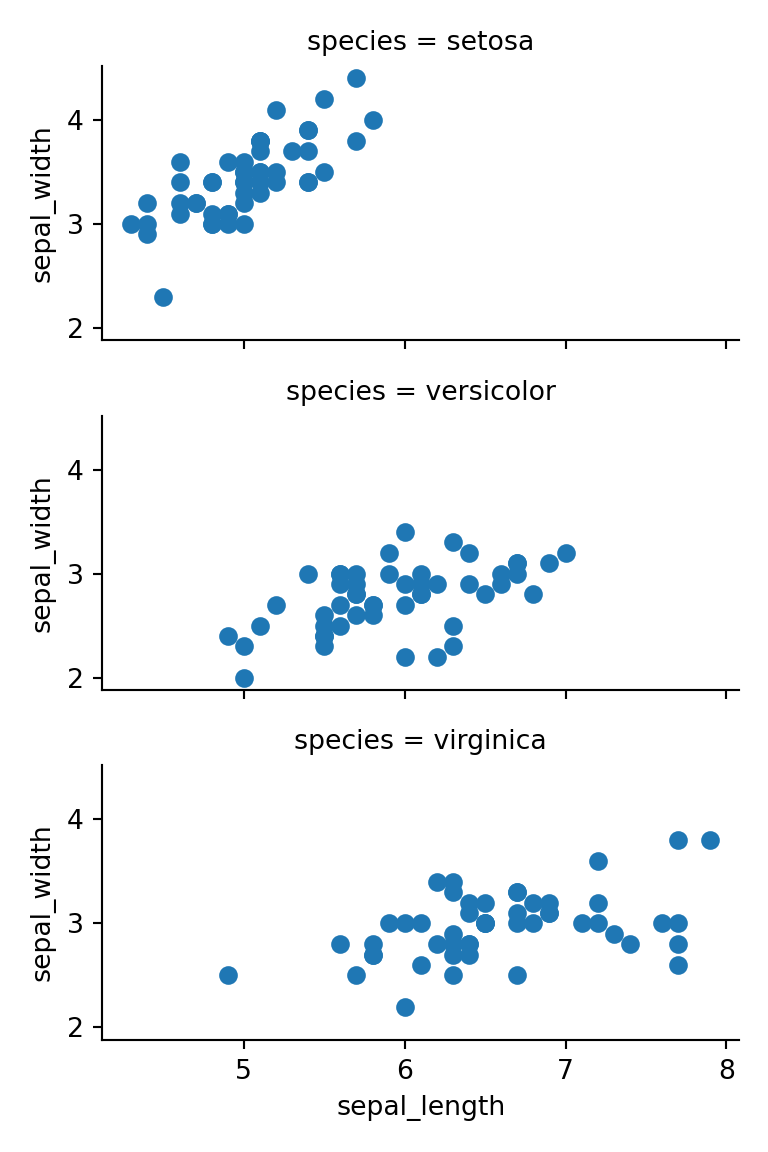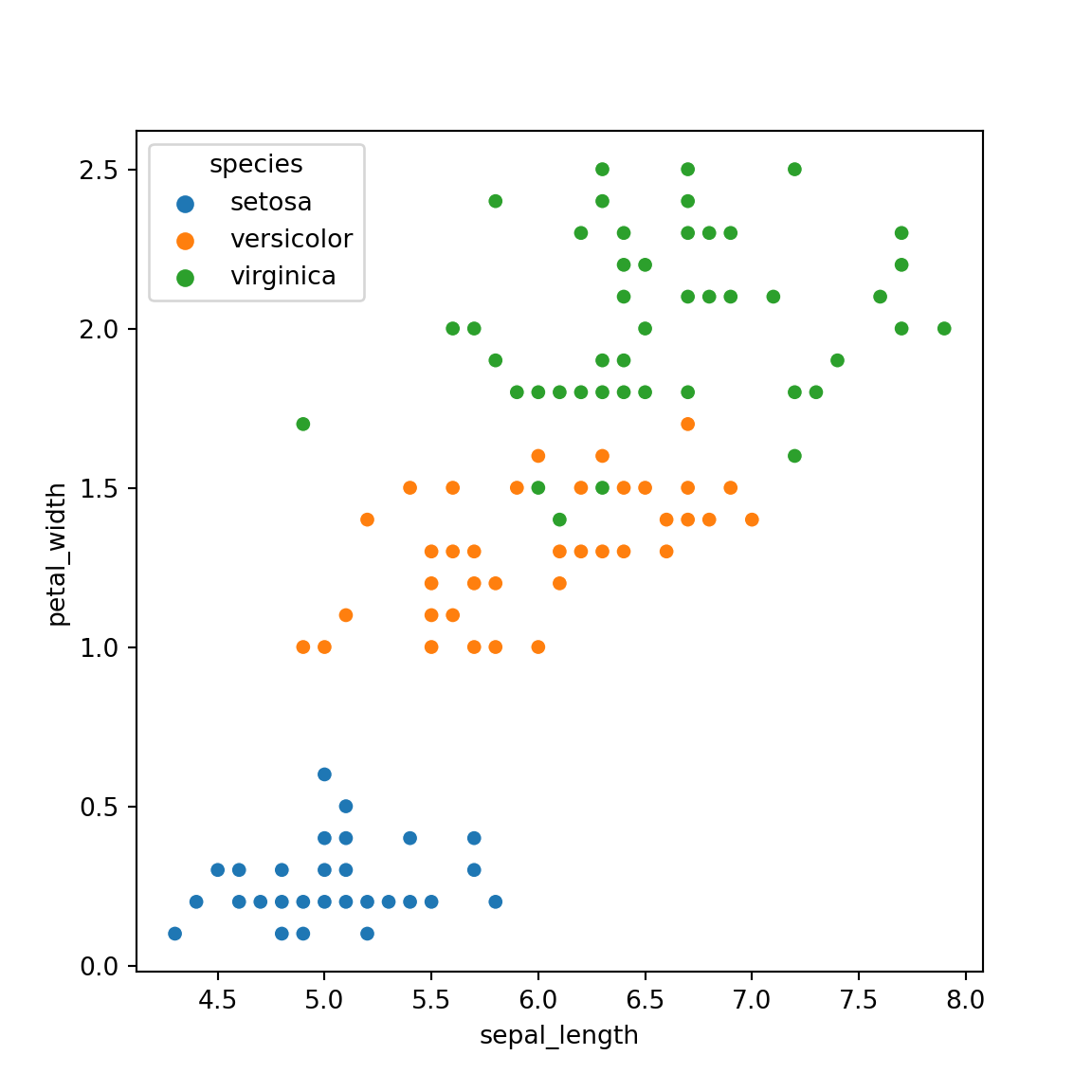import pandas as pd
import matplotlib.pyplot as plt
import seaborn as sns
sns.get_dataset_names()['anagrams', 'anscombe', 'attention', 'brain_networks', 'car_crashes', 'diamonds', 'dots', 'dowjones', 'exercise', 'flights', 'fmri', 'geyser', 'glue', 'healthexp', 'iris', 'mpg', 'penguins', 'planets', 'seaice', 'taxis', 'tips', 'titanic']iris = sns.load_dataset('iris')

